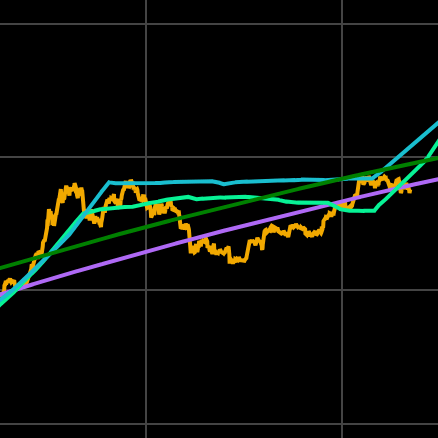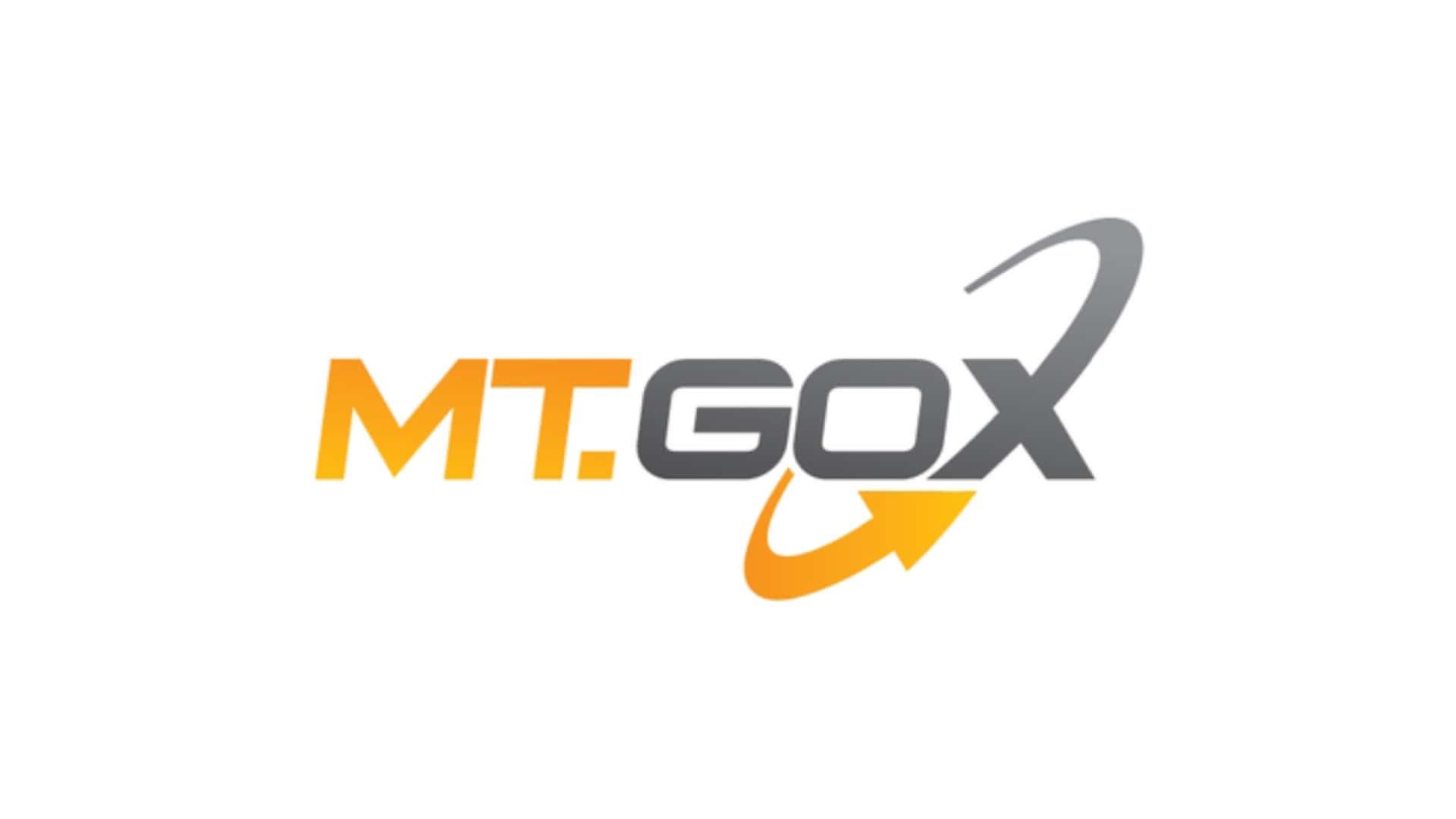
Key Takeaways
- Bitcoin mining difficulty hit 101.7 trillion, a new record.
- The network hash rate reached an all-time high of 755.5 EH/s.
- April's block reward halving reduced miner revenues, pressuring smaller miners.
Bitcoin’s mining difficulty soared by 6.2% on Tuesday, reaching an unprecedented 101.7 trillion at block height 868,896, according to Mempool data.
This record-breaking increase, surpassing the previous high of 95.7 trillion set just two weeks ago, follows a surge in network hash rate.
Record hash rate
Last week, Bitcoin’s seven-day moving average hash rate peaked at 755.5 EH/s, exceeding 750 EH/s for the first time.
The difficulty adjustment, which occurs every 2016 blocks (about two weeks), ensures a block is mined every 10 minutes on average.
This mechanism adjusts based on the number of active miners; higher difficulty means increased computational power and energy are required to mine new blocks.
Revenue squeeze
Since Bitcoin’s fourth halving event in April, which reduced block rewards from 6.25 BTC to 3.125 BTC, miner revenue has plummeted.
Daily earnings now range between $25 to $35 million, down from a $72.4 million peak in April.
This revenue drop, along with a recent hash price low of $0.04 per TH/s in September, has pressured smaller miners, allowing larger operators to expand and upgrade their infrastructure.
Bitcoin is currently valued at $68,694, with a 63% gain year-to-date despite recent fluctuations.




